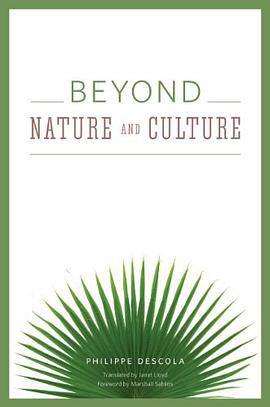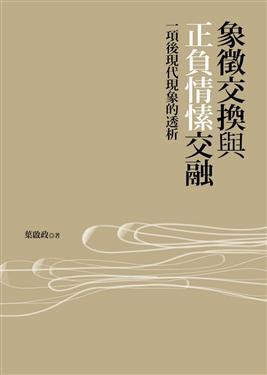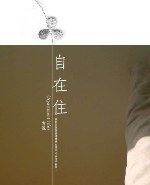Beyond Nature and Culture
内容简介
Successor to Claude Levi-Strauss at the College de France, Philippe Descola has become one of the most important anthropologists working today, and Beyond Nature and Culture has been a major influence in European intellectual life since its French publication in 2005. Here, finally, it is brought to English-language readers. At its heart is a question central to both anthropology and philosophy: what is the relationship between nature and culture? Culture - as a collective human making, of art, language, and so forth - is often seen as essentially different than nature, which is portrayed as a collective of the nonhuman world, of plants, animals, geology, and natural forces. Descola shows this essential difference to be, however, not only a specifically Western notion, but also a very recent one. Drawing on ethnographic examples from around the world and theoretical understandings from cognitive science, structural analysis, and phenomenology, he formulates a sophisticated new framework, the "four ontologies" - animism, totemism, naturalism, and analogism - to account for all the ways we relate ourselves to nature. By thinking beyond nature and culture as a simple dichotomy, Descola offers nothing short of a fundamental reformulation by which anthropologists and philosophers can see the world afresh.
......(更多)
作者简介
Philippe Descola holds the chair of anthropology and heads the Laboratoire d’anthropologie sociale at the Collège de France. He also teaches at the École des hautes études en sciences sociales. Among his previous books to appear in English are In the Society of Nature and The Spears of Twilight.
......(更多)
目录
Foreword
Preface
Acknowledgments
I Trompe-l’Oeil Nature
1 Configurations of Continuity
2 The Wild and the Domesticated
Nomadic Spaces
The Garden and the Forest
The Field and the Rice Paddy
Ager and Silva
Herdsmen and Hunters
The Roman Landscape, the Hercynian Forest, and Romantic Nature
3 The Great Divide
The Autonomy of the Landscape
The Autonomy of Phusis
The Autonomy of Creation
The Autonomy of Nature
The Autonomy of Culture
The Autonomy of Dualism
The Autonomy of Worlds
II The Structures of Experience
4 The Schemas of Practice
Structures and Relations
Understanding the Familiar
Schematisms
Differentiation, Stabilization, Analogies
5 Relations with the Self and Relations with Others
Modes of Identification and Modes of Relation
The Other Is an “I”
III The Dispositions of Being
6 Animism Restored
Forms and Behavior Patterns
The Variations of Metamorphosis
Animism and Perspectivism
7 Totemism as an Ontology
Dreaming
An Australian Inventory
The Semantics of Taxonomies
Varieties of Hybrids
A Return to Algonquin Totems
8 The Certainties of Naturalism
An Irreducible Humanity?
Animal Cultures and Languages?
Mindless Humans?
The Rights of Nature?
9 The Dizzying Prospects of Analogy
The Chain of Being
A Mexican Ontology
Echoes of Africa
Pairings, Hierarchy, and Sacrifice
10 Terms, Relations, Categories
Encompassments and Symmetries
Differences, Resemblances, Classifications
IV The Ways of the World The Institution of Collectives
11 A Collective for Every Species
Asocial Nature and Exclusive Societies
Hybrid Collectives That Are Both Different and Complementary
A Mixed Collective That Is Both Inclusive and Hierarchical
12 Metaphysics of Morals
An Invasive Self
The Thinking Reed
Representing a Collective
The Signature of Things
V An Ecology of Relations
13 Forms of Attachment
Giving, Taking, Exchanging
Producing, Protecting, Transmitting
14 The Traffic of Souls
Predators and Prey
The Symmetry of Obligations
The Togetherness of Sharing
The Ethos of Collectives
15 Histories of Structures
From Caribou-Man to Lord Bull
Hunting, Taming, Domesticating
The Genesis of Change
Epilogue: The Spectrum of Possibilities
Notes
Bibliography
Index
......(更多)
读书文摘
......(更多)






